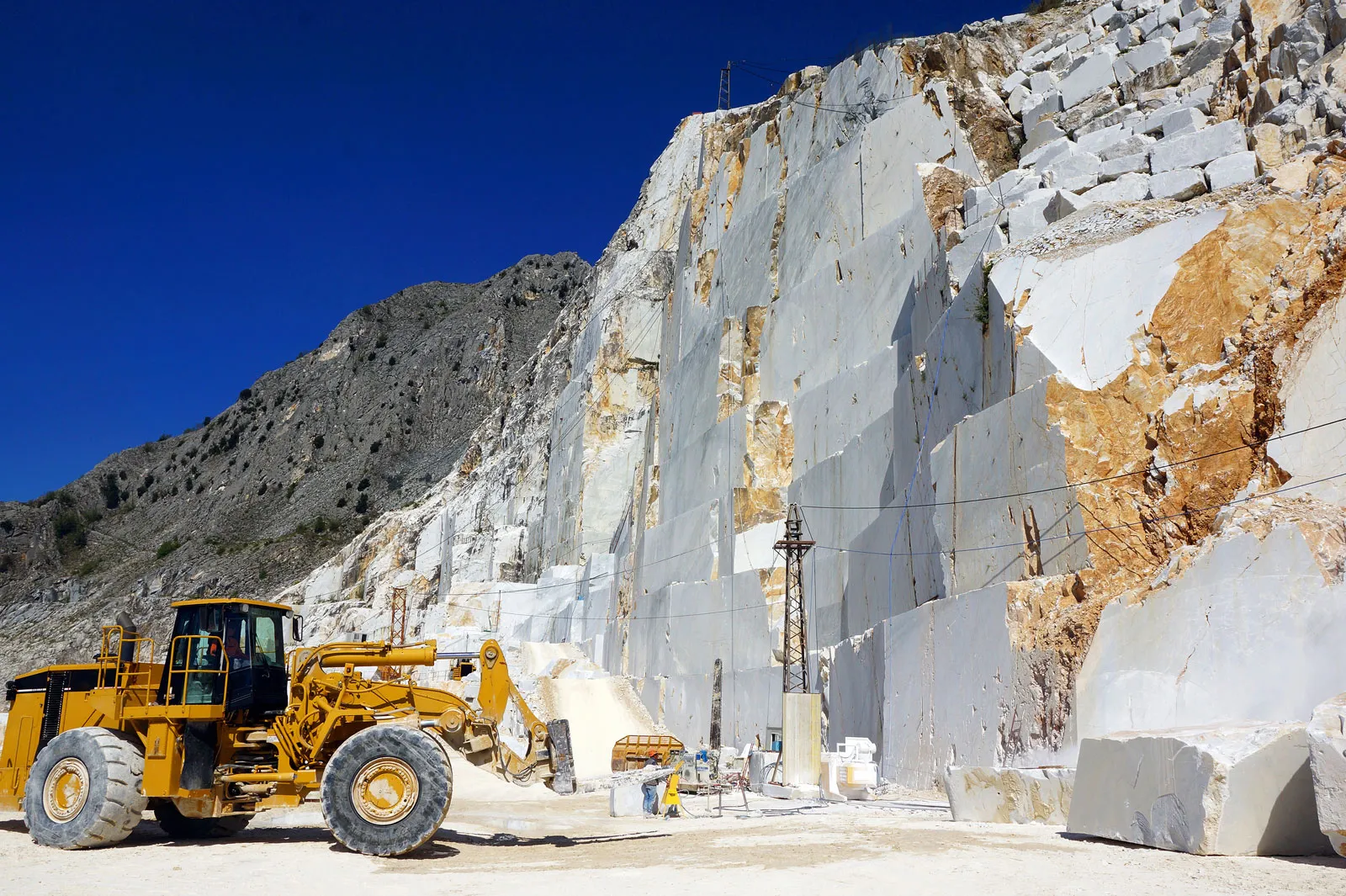








Turkish Marble Company
Aiming at the highest level of service and production quality, we offer Turkish Marble to the whole world. We deliver it to you with advanced technologies in order to prioritize customer satisfaction.
Corporate Policy
To use the most environmentally friendly materials, to use our resources in a way that creates minimum waste by complying with legal and regulatory requirements in our activities.
Mission & Vision
We are based on continuous improvement in our production and services, and flawless production in line with customer requests and expectations with our advanced technology.
About Emin Trade
Emin Construction Inc. continues its journey for three generations with the aim of adding value to lives and being a pioneer of the sector with its experience of more than half a century. The most important value of Emin Construction Inc., which has achieved this goal in every field it has been operating in, with the bold and innovative steps, is the trust of hundreds of its stakeholders in its brand.
Emin Construction Inc., which has become an institution that has successfully made a name for itself in the investment areas it has gradually expanded, continues its activities as an entrepreneur, contractor and manufacturer today.


Marble
Marble, which is used in the world’s most unique projects with its high quality, is derived from the Ancient Greek mármaros, “crystal rock, shining stone”.
Emin Trade has achieved significant success by using Turkish Marble in many international projects.
Taj Mahal, India The Taj Mahal is made of Makrana, a white marble that changes color with the angle of light.
